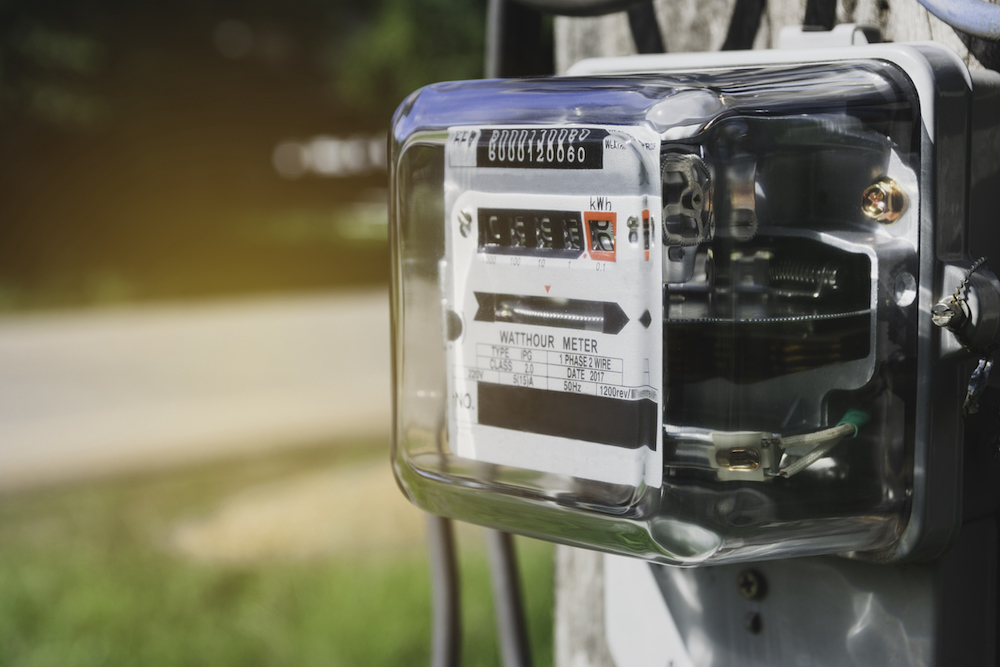
The Crucial Need for Transformers
It seems as if every trip to the store, online shopping spree, or visit to a news site provides a reminder of supply chain issues. Expect a simple purchasing process – items in stock and arriving in the same amount of time as they have in the past – at your peril. Unfortunately, here’s another story of a shortage: electric transformers.
Reasons behind the shortage
Much ink has been spilled on the reasons behind the dearth of housing, including a shortage of construction workers and materials. Many experts blame the pandemic for the shortages which are popping up everywhere. They note there have been dramatic shifts in demand, as well as factory closings, employee shortages, and more.
As for the shortages of transformers? The American Public Power Association explains there are a few reasons. In the Southeast, challenges are coming from the growth of local communities.
Bad weather has played a role as well. A very bad hurricane season in 2021, according to Nathan Mitchell, senior director of operations programs for the American Public Power Association, led to “A lot of emergency stock was used up.” Besides hurricanes in the South and Southeast, Mitchell explains, “floods and wildfires affected supplies in other parts of the country, too.”
Weather events happen, but they are becoming more common. As time passes, responsible parties will need to figure out how to cope with the more extreme weather events. As it currently stands, they are just one more challenge during this difficult time.
American Public Power Association lists another challenge, “…manufacturers struggled to get the specialized “core” steel used in transformer production, much of it coming from overseas… and some of the steel plants and manufacturing facilities are grappling with labor shortages.
Mitchell sums up the problem, “The transformer manufacturers can’t keep up with typical demand. With extra transformers being required to restock emergency supplies, it’s amplified the problem.”
In July 2021, the Bureau of Industry and Security (BIS) posted a report on its website. It was the findings of a U.S. Department of Commerce investigation on “the effect of imports of transformers and transformer components on the national security of the United States.”
The report cites an executive order which stated, “The President determined that the unrestricted foreign supply of electrical equipment constitutes an unusual and extraordinary threat to the national security, foreign policy, and economy of the United States. The President also determined that the evolving threats facing our critical infrastructure have highlighted supply chain risks and the need to ensure the availability of secure components from American companies and other trusted sources.”
Based on the executive order and the reasoning behind the investigation, the supply and development of transformers for the national market was not stable before the pandemic. So, the impacts of the pandemic made an already unstable industry even more so.
Transformers – not the movie
Let’s take a step back and explain what transformers are and their purpose.
“A transformer is an electrical device designed to transfer electrical energy from one circuit to another at the same frequency,” according to Circuit Basics. “It is also referred to as a static machine since it does not have any moving parts. It is used to control the voltage levels between circuits.”
A transformer’s primary application is to step-up or step down the level of voltage or current in power plant generation stations, receiving end substations and distributing the electrical power to the consumer units for demotic and industrial applications.
Power lines are typically found on poles (they may be underground), and they carry extremely high voltages. They also have a transformer that reduces the voltage to appropriate levels for each residence.
Impact of transformer shortage
Electric companies and others have been warning about the potential for shortages of transformers since the end of 2021. The wait times for transformers have grown as supply is limited.
Consider a new residential development. Besides the construction of homes and multifamily residences, a development needs to have streets, plumbing, and power installed for it to function. Everything might look ready to go from the outside, but with no transformers – the appearance is deceptive.
Electric companies are striving to minimize the transformer shortage. A Tennessee-based company, which said experts expect the shortfall may last up to two years, explained they are “…being proactive by using their GIS mapping system to locate transformers installed on the system, but not currently being utilized. These unused transformers can be relocated and reused for new services.”
Another way the company is trying to make up for the shortfall is to have, “ Staking technicians … change the design of new subdivisions and services to try to utilize the transformers they have in stock.”
In a letter to local developers and customers, Evergy, a Kansas-based company, said: “to plan project delays.” Among the measures the company is taking to minimize the impact is prioritizing outages and customer jobs.”
Although the priority seems reasonable, it will have a huge impact on the housing market.
Consider in Central Texas alone (Austin/San Antonio), there are 423,636 future home lots, 1,890 active and future subdivisions, and 57,000 lots currently under development. The time it takes for people to take residence in the new lots will grow exponentially. And the domino effect grows, it will mean more of a backup.
Perhaps electric companies will find creative ways to minimize the transformer shortage. Maybe, American or overseas companies will be able to ramp up production of transformers, so the shortage ends sooner than experts predict. As of now, the transformer shortage is another obstacle to the residential construction market.




